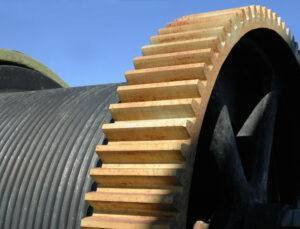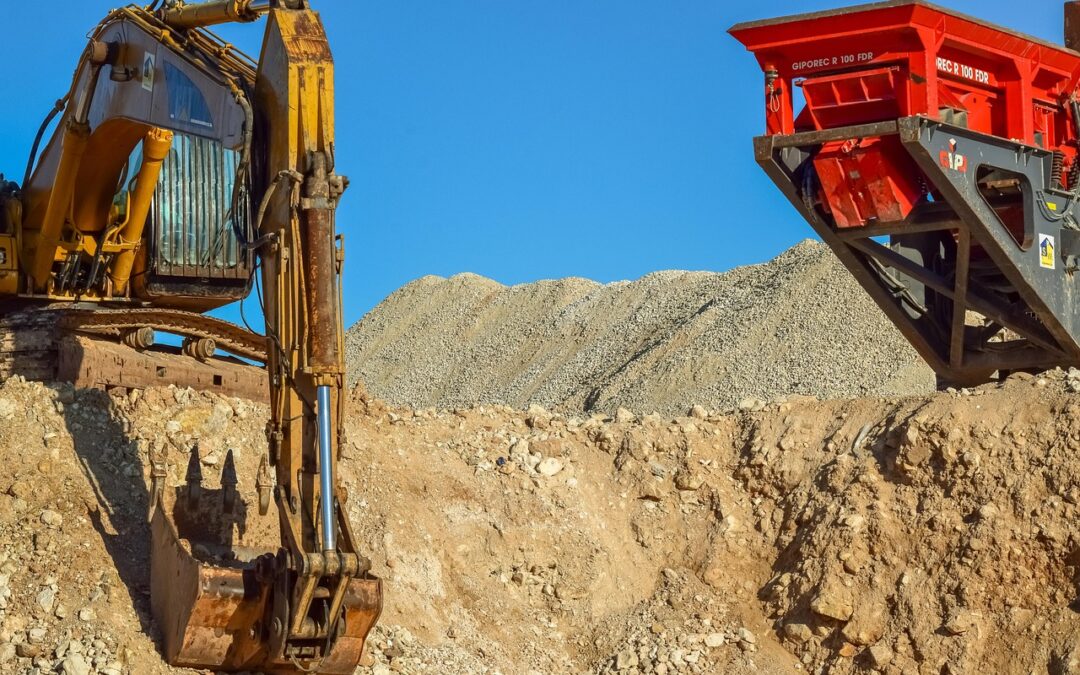In mining, machine guards are more than just protective covers—they’re a front-line defense that keeps workers safe from dangerous moving parts. Ensuring the integrity of these guards is crucial to prevent accidents and maintain smooth operations underground and on the surface. From daily inspections to preventive maintenance, every step taken to preserve guard condition helps avoid common hazards that can arise during mining equipment upkeep.
This article will walk through the importance of machine guarding in mining, highlight the risks of inadequate protection, and share practical tips for keeping guards reliable. We’ll also touch on how proper guarding and secure setups are essential to slusher safety, a key concern in many mining operations. Protecting your team starts with strong, intact guards, and knowing how to maintain them is the first step.
Why Machine Guarding Is Essential in the Mining Industry
Guarding is an essential element in mining safety. Heavy machinery, such as conveyors, crushers, and slushers, comes with powerful moving parts that can cause serious injuries or fatalities if not properly shielded. By ensuring the integrity of guards in mining machinery, mine operators reduce the likelihood of entanglement, pinch points, and accidental contact. Guarding creates a physical barrier that not only protects workers but also promotes safe work zones throughout the site.
Key Guarding Standards and Compliance Requirements
Guarding in mining is regulated by the Mine Safety and Health Administration (MSHA). According to MSHA Part 56 and Part 57, all machinery components that pose risks of injury must be guarded. Guards must be durable, securely attached, and designed to withstand the conditions of the mining environment. Compliance involves regular inspections, documentation, and prompt correction of any guarding issues. Non-compliance can lead to penalties, injuries, or even fatalities.
Core Requirements for Effective Guarding Systems
For a guarding system to be considered effective, it must:
- Completely enclose the hazardous component
- Be constructed of materials that can resist wear and environmental exposure
- Not obstruct visibility or access for routine maintenance
- Be easily removable with tools for inspection or repair
- Include labels or warnings where necessary
These requirements support long-term safety and durability, especially in active mining zones.
Types of Guards Used in Mining Equipment
There are several types of guards used depending on the equipment and hazard:
- Fixed Guards: Permanently attached and used in non-routine access areas.
- Interlocked Guards: Automatically shut down the equipment when opened.
- Adjustable Guards: Can be moved or adapted for different operations.
- Self-adjusting Guards: Automatically adjust to the size of the material.
Selecting the right guard type ensures both worker protection and operational efficiency.
Risks and Consequences of Inadequate Guarding
Failing to maintain guard systems can result in serious consequences. Common issues include dislodged covers, cracked guard panels, or missing sections. These failures compromise protection and can expose moving parts. Poor guarding can cause crush injuries, lacerations, and amputations. Beyond the physical harm, the absence of proper guarding also violates MSHA standards, leading to fines or shutdowns. Regular inspections are necessary to ensure the integrity of guards in mining machinery.
Common Causes of Guard Failure in Mining Environments
Guards in mining settings often fail due to a combination of harsh environmental conditions and improper use. Vibration from heavy machinery, moisture, dust buildup, and corrosive materials can weaken guard materials. Additionally, repeated removal without proper reinstallation or makeshift repairs can compromise effectiveness. Training maintenance crews and using heavy-duty materials help mitigate these risks.
How to Inspect Guards for Damage, Wear, or Compromise
A proper inspection protocol includes:
- Visually checking for cracks, rust, or missing parts
- Testing guard stability and secure attachment
- Verifying that guards fully cover all moving parts
- Ensuring no sharp edges or burrs are present
- Reviewing maintenance logs for any past repairs
Inspections should occur daily for high-use machinery and weekly for others, with all findings documented.
Preventive Maintenance Strategies for Guard Integrity
Preventive maintenance ensures guards remain intact and effective. This includes:
- Cleaning guards regularly to avoid buildup
- Tightening bolts and hardware to secure attachment
- Replacing worn-out materials or fasteners
- Using corrosion-resistant materials in moist environments
Establish a preventive maintenance schedule to avoid unexpected failures or delays.
The Operator’s Role in Guard Safety, Training and Reporting
Operators play an important role in daily guarding safety. They should:
- Complete pre-operation checks of all visible guards
- Immediately report any missing or damaged guards
- Avoid bypassing or removing guards during operation
- Participate in training focused on guarding awareness and compliance
An informed operator is the first defense against unsafe conditions.
Innovations in Guard Design for Harsh Mining Conditions
Manufacturers are now producing guards using advanced materials like reinforced polymers, stainless steel mesh, and flexible impact-resistant panels. Some innovations include tool-free removal mechanisms, visual wear indicators, and modular guard systems that can be customized per machinery type. These advances improve both durability and ease of use in harsh, high-impact environments.

Slusher Safety: Proper Guarding and Secure Setups
Slusher safety is especially important due to the slusher’s exposed cable drums and fast-moving parts. Guarding for slushers should completely enclose the drum and cable path, preventing contact during operation. Secure anchoring of the slusher and warning signage are also important. Training should emphasize not only operation but proper setup and teardown procedures to avoid incidents.
Securing Mining Operations Through Guard Integrity
In mining, safety starts with prevention. By ensuring the integrity of guards in mining machinery, companies protect their workforce, reduce costly downtime, and maintain compliance with MSHA. From training programs and routine inspections to adopting new guard technologies, a proactive approach to guarding is essential. Safe operations depend on every guard doing its job—protecting lives, every shift.

